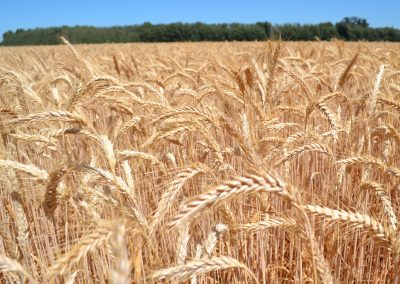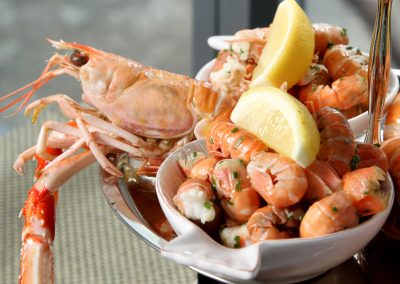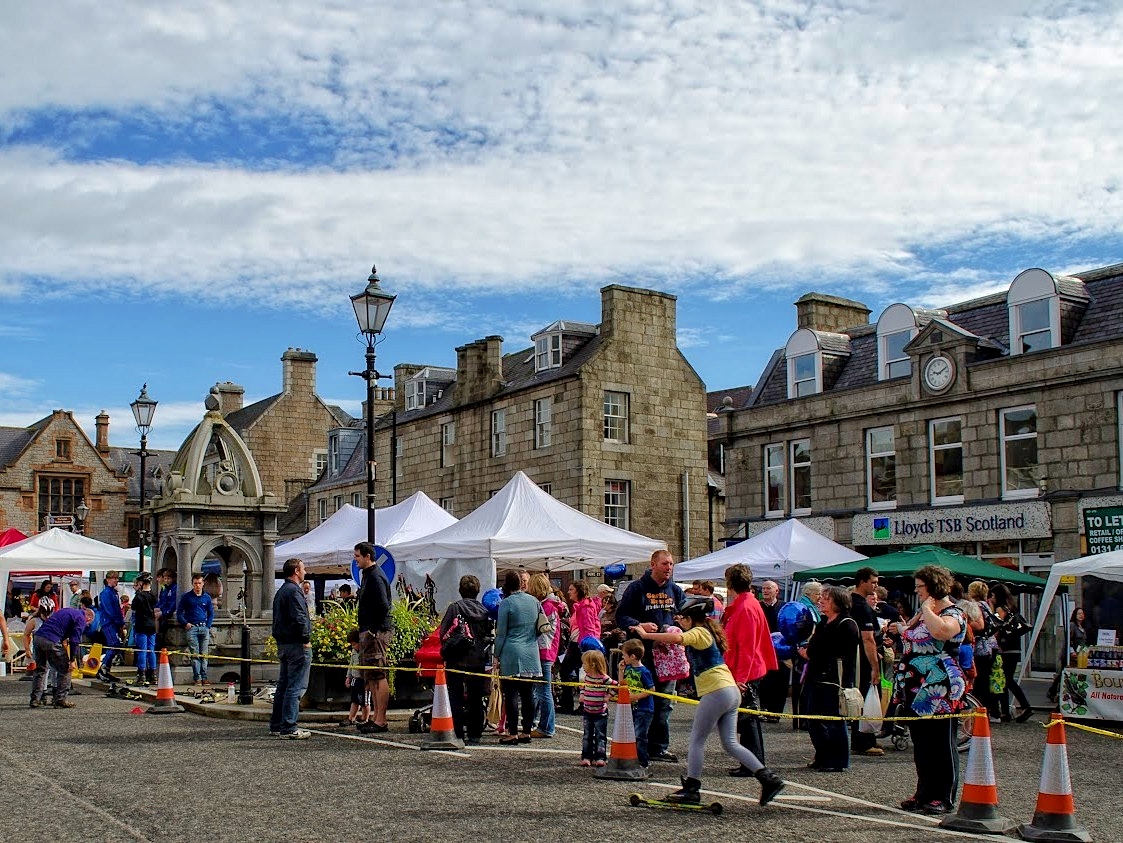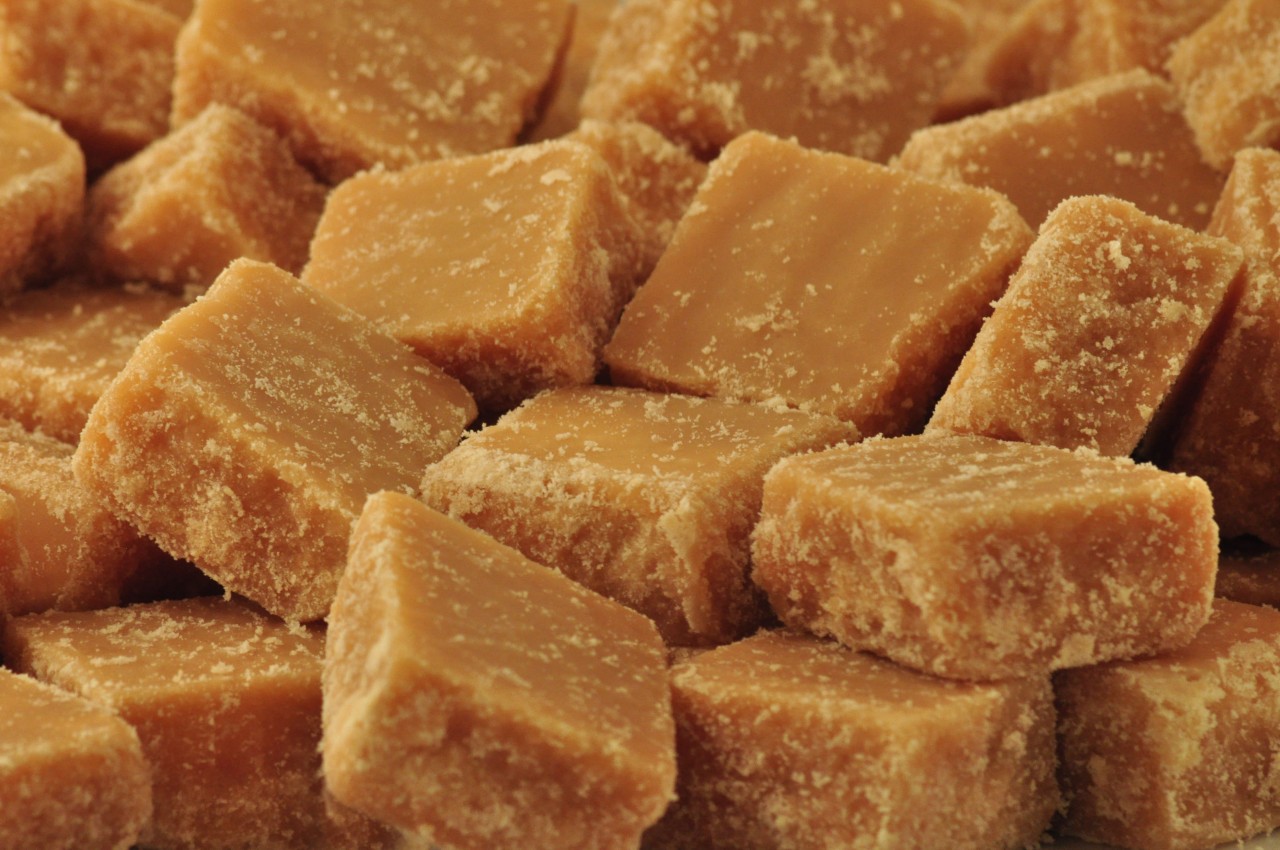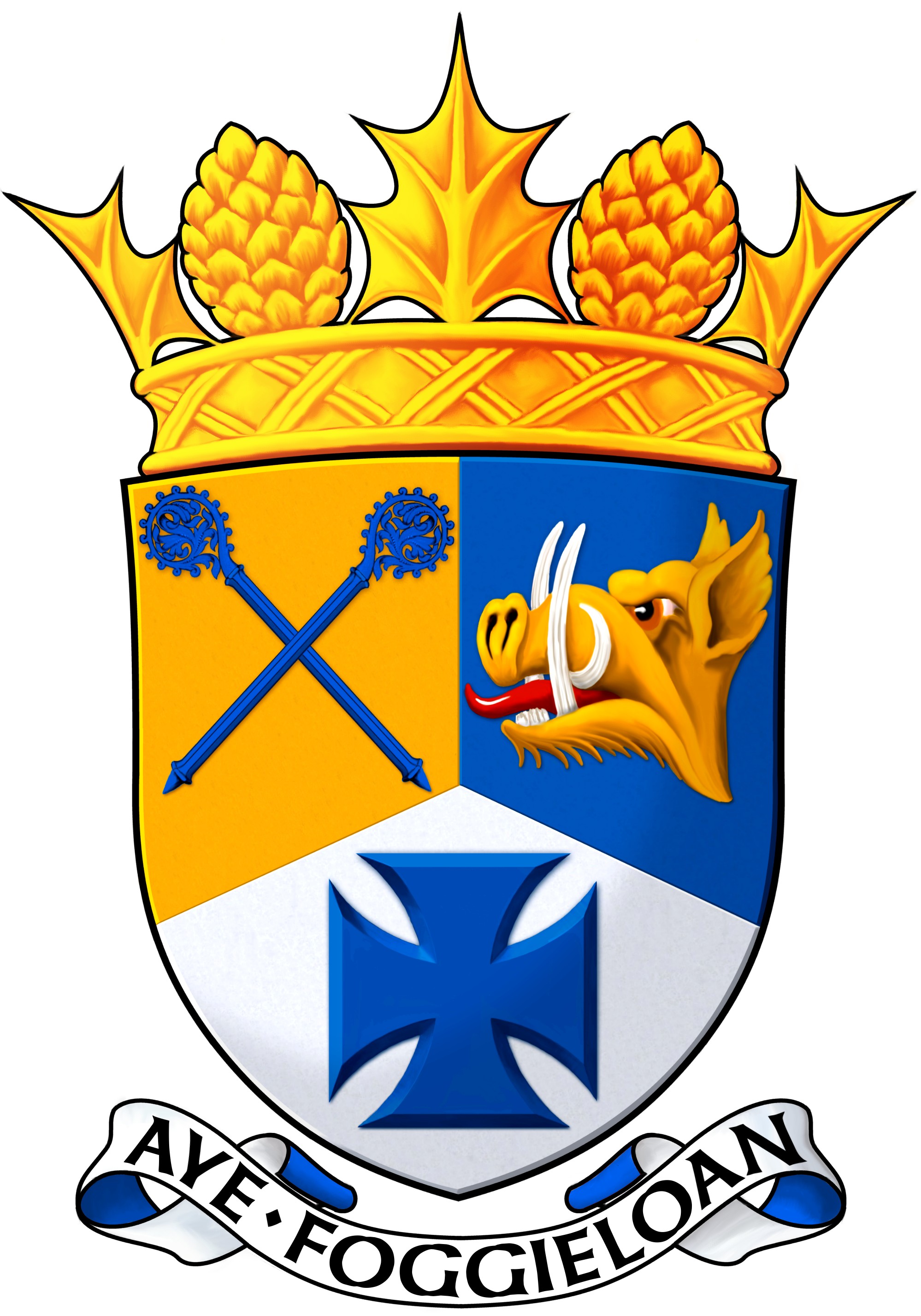Food & Drink
One of the pleasures of travel is learning about local food and drink. As you go around our area, you will see fields of barley, which goes for malting as a raw material for the whisky industry and, recently, local microbreweries. Cattle and sheep feed on grass, and are the source of top quality Scotch Beef and Scotch Lamb.
Visit the fish sheds in Macduff and Whitehills and see the selection of freshly landed haddock (Scotland’s favourite) and many other species which are well worth trying. Haddock – fresh and smoked – is the main ingredient of Cullen Skink, a local fish soup. Seafood such as prawns and mussels – strangely not traditionally popular with local people – are also regularly landed.
Whether self-catering or eating out, you should take advantage of a recent move towards buying locally. Increasingly restaurants in our area are doing just this, so try to find out which they are, as you should have a quality meal while helping the local economy!
You can also learn about the heritage of food in the Northeast by attending farmers’ markets. The nearest ones to Foggie, held on different Saturdays in the month, are at Huntly and Macduff. As you go round the stalls you will see local products including meat, including game, vegetables and herbs, handmade bakeries, dairy produce, honey and preserves. And the producers are always happy to give advice on how best to enjoy what you buy.
“The traditional diet of country folk consisted mainly of oatmeal in various forms ……”
Brose – an uncooked version of porridge, served in a wooden brose bowl – was made by pouring over raw oatmeal boiling water, which sometimes had been used to boil kale or neeps (turnips).
Today you can enjoy oatmeal in the form of skirlie, often served with mince or roast chicken, and oatcakes (known in Doric as breed, as opposed to bread, which is called loaf!)
Farmers’ wives were always great bakers, and at events like the Foggie Flower Show you will see how competitive country ladies can be today. At the weekly coffee mornings held as fundraisers by local groups you will see on the sales table a vast array of ‘fancy pieces’. They are always served as part of a ‘fly cup’ (morning or afternoon tea) at home or in a tearoom.
Butteries should have a flaky texture and buttery and salty taste, and are spread with (even more!) butter or jam on the flat side. Commercial producers, who have unfortunately put most small bakers out of business, use vegetable oils instead of butter, and drastically reduced the salt content, making for a bland imitation of the real thing.
Health warning: Like all good things, fancy pieces and butteries should be taken in moderation!
Another local bakery delicacy is the buttery, which was originally made for the fishermen sailing from Aberdeen‘s harbour but became common throughout the Northeast of Scotland. Fishermen were at sea for two weeks or more and needed a bread that would not become stale. The high fat content from butter (and later, some lard) meant the bread also provided an immediate energy source.

